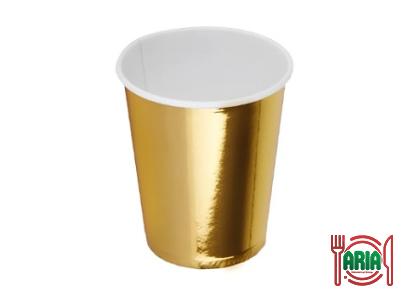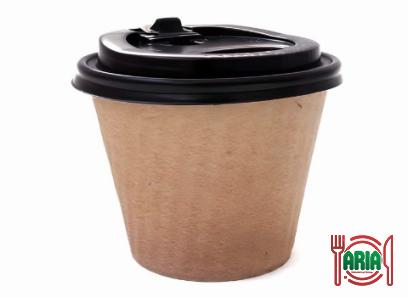Consumers are becoming more concerned about the use of the recycled plastic plate, which has led to a rise in the number of queries on these issues and put it in the red line.
Recycling is now a trending issue throughout the globe, and there is an increasing demand to recycle garbage. One of the things that has been spoken about a lot and has led to a lot of confusion is recyclable plastic, which is one of the topics.
Recycling, in particular the recycling of plastic, is one of the most talked-about issues of our day, and it is often considered to be one of the most important environmental issues.
Recycling is the process of converting garbage into new and valuable resources; as a result, recycling has emerged as one of the topics of concern for governments in industrialized nations all over the globe.
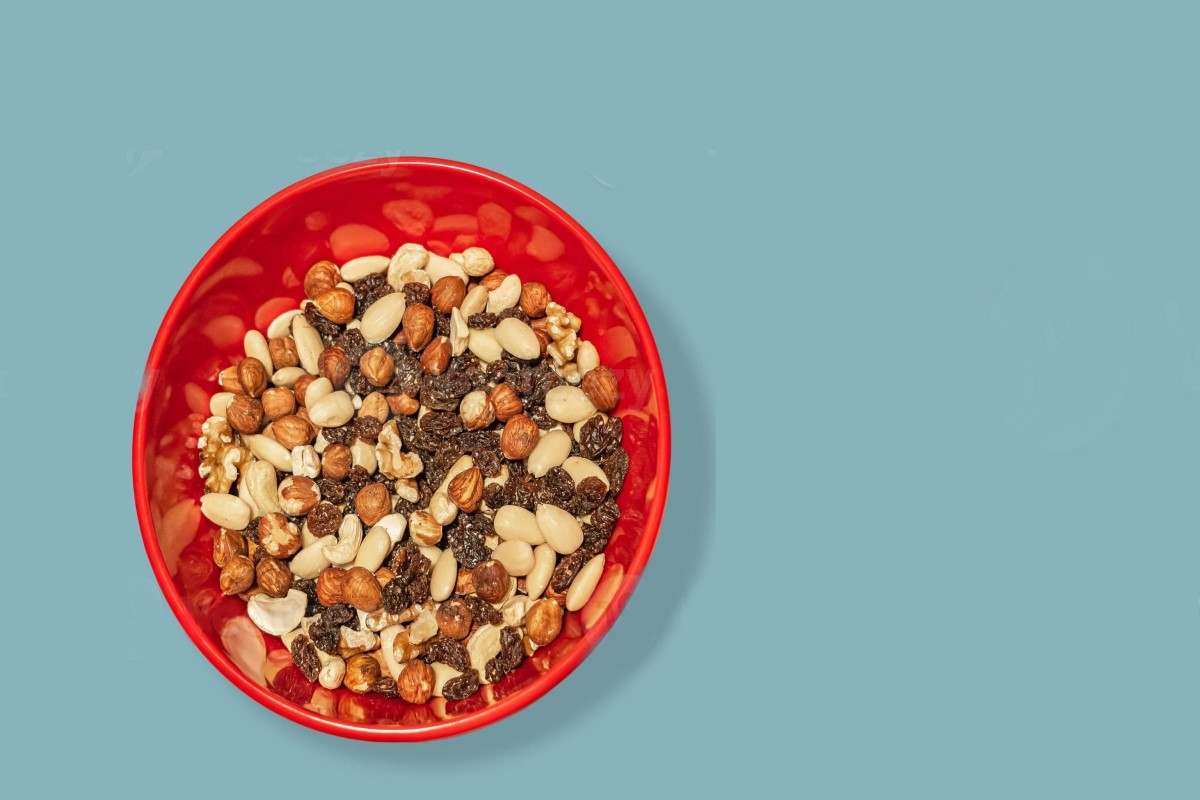
The recycling of different materials is an issue that has been around since ancient times, even though many people believe this problem to be a new category and the outcome of a problem that emerged in the contemporary day.
Archaeological research has shown that people in ancient times reused and recycled materials that were only intended for single use to make do with fewer resources for certain goods.
As previously noted, the process of recycling transforms garbage into brand new resources that may be put to beneficial use.
For instance, a bottle of soft drink may be recycled to generate a whole new container, and this process can bring plastic that was originally intended for single-use back into the consumption cycle.
There are many fundamental categories of different forms of recycling, each of which will be discussed in more detail below. One way to categorize the various types of recycling is to classify them according to the different kinds of materials that are reused in the cycle.
Reusing recyclable materials in the same way they were originally intended to be used as an example of primary recycling.
In many instances, a material that has been through primary recycling is reintroduced into the consumption cycle for the same primary purpose and is consumed by the consumer with the same identity that it had before it went through primary recycling.
Products that have been changed in any manner are not considered to be part of primary recycling, also known as second-hand consumption, which comprises all consumer items that have been given or sold.
Because secondary recycling does not include reprocessing, the material may be reused in a manner that is different from the one for which it was originally designed.

We may use the advancements that have been made in the process of recycling soda bottles as an example of secondary recycling. In this industry, some of these bottles are chopped down to size to manufacture new accessories such as vases made of plastic.
The third category of recyclables is those that undergo a chemical transformation to be recycled and, in many instances, reused.
One of the most prominent instances of the third form of recycling is recycling plastics and then utilizing the goods that are created to generate a range of home appliances and containers.
This sort of recycling is prevalent not only in the United States but also in other nations.
Recycling plastic is one of the most significant government initiatives in the direction of resource management, and it also plays an essential role in lowering overall levels of pollution in the environment. approximate length of time, in addition, your clients will no longer be required to invest a substantial amount of time and/or money to get this product from the general public market. There is not even a single one.
One of the most important questions that can be asked about recycling is why it is done and why other countries are investing in it. In response to this question, we have to say that both burning trash and burying it has consequences.
One of the most important and worrying things about trash disposal systems is how they hurt the environment and put the lives of many different kinds of animals in danger.

Recycling plastics and other things that can be recycled can help get rid of these problems and give you several other benefits. Recycling other materials cut down on the number of new resources needed to make the same goods, which saves a lot of resources.
Because of this problem, many of the world’s most important economies have set up special accounts for the recycling of plastics and other materials that can be recycled to protect their economic futures.
This is because using recycled materials as raw materials to make new products uses a lot less energy than using raw materials, which use on average ten times more energy. Due to this problem, many special accounts have been set up.
This is because countries all over the world need a lot of different resources, but some sectors are limited.
On the other hand, using recycled materials in the production process could reduce the amount of energy needed to get raw materials, transport those materials, process those materials, and so on.
This is good for the economy of the country. As was already said, one of the main ways to get rid of trash is to burn it.
Depending on the kind of trash, this can be done with several different fuels. When people recycle plastics and other items made from recyclables, they use a lot less fuel, which helps them save the money they need.
It does this by using a wide range of recycled materials and using as little extraction, refining, and processing as possible.
It also reduces the number of greenhouse gases that are made. In this way, it plays a very important role in protecting the environment and cutting down on pollution.
The problem has also gotten the attention of people who care about the environment, and it has been able to get support for expanding the recycling industry around the world.
The previous section offered an overview of recycling, including its many forms and benefits. Now is the time to introduce you to one of the most pervasive myths about recycling, and then to properly dispel any uncertainty that this ambiguity may have produced.
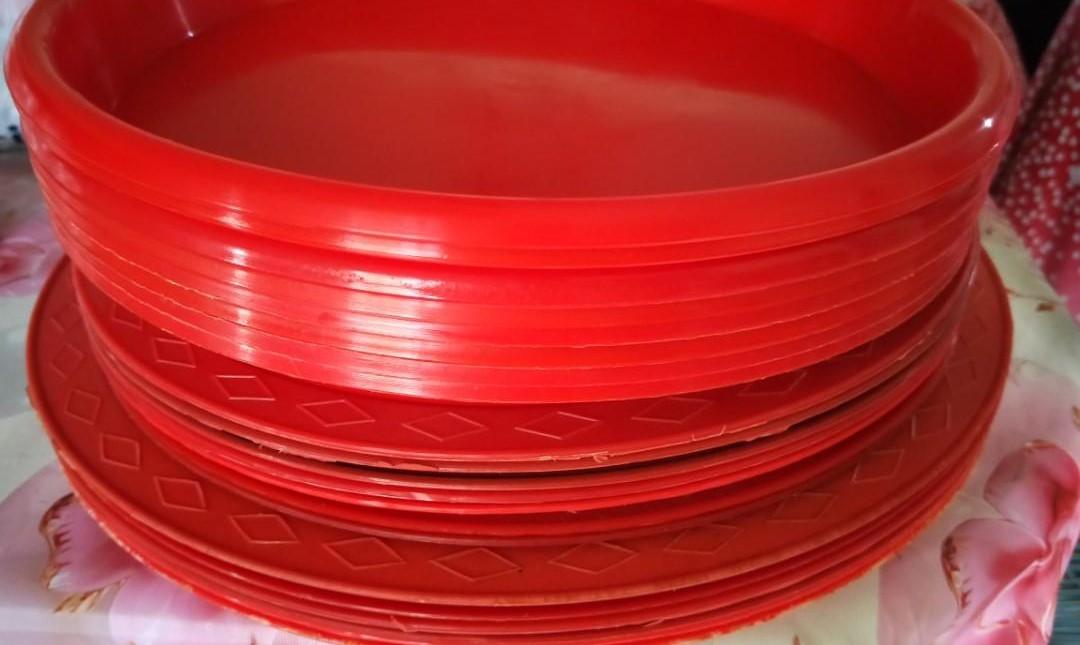
There is a common misperception that all plastic containers and products may be recycled and returned to the manufacturing and consumption cycle.
It is essential to note that, even while it is true that single-use containers and plastic bottles for soft drinks are commonly recyclable, recycled, and reused, this does not apply to all plastic containers, and only a limited number of plastic containers may be recycled.
Recyclable products! The capacity for recycling plastic varies based on the kind of product being recycled and spans a range of hardnesses. Following is a list of recyclable polymers and their corresponding degree of difficulty in recycling operations:
This kind of plastic, known as “PETE” Polyethylene Terephthalate, is one of the most widely recycled materials since it is used in recyclable objects such as soda bottles and popular food packaging containers.
High-Density Polyethylene, abbreviated as HDPE, is a recyclable and reusable kind of plastic. HDPE containers are among the plastic types that are suitable for holding bleach and motor oil.
“Polyvinyl Chloride” or “PVC”: This category contains various PVC pipes, toys, and furniture; nevertheless, recycling this material is difficult.
Because recycling these materials requires a substantial commitment of both time and money, we include them among the least popular polymers.
“Low-Density Polyethylene” (also referred to as “LDPE”) is most often used to produce sandwich packaging bags.
Polypropylene, abbreviated “PP,” is utilized in a broad number of applications, with ropes and different forms of clothing being the most prevalent.
Polystyrene has enabled the recycling of single-use containers and boosted the popularity of such containers in modern culture.
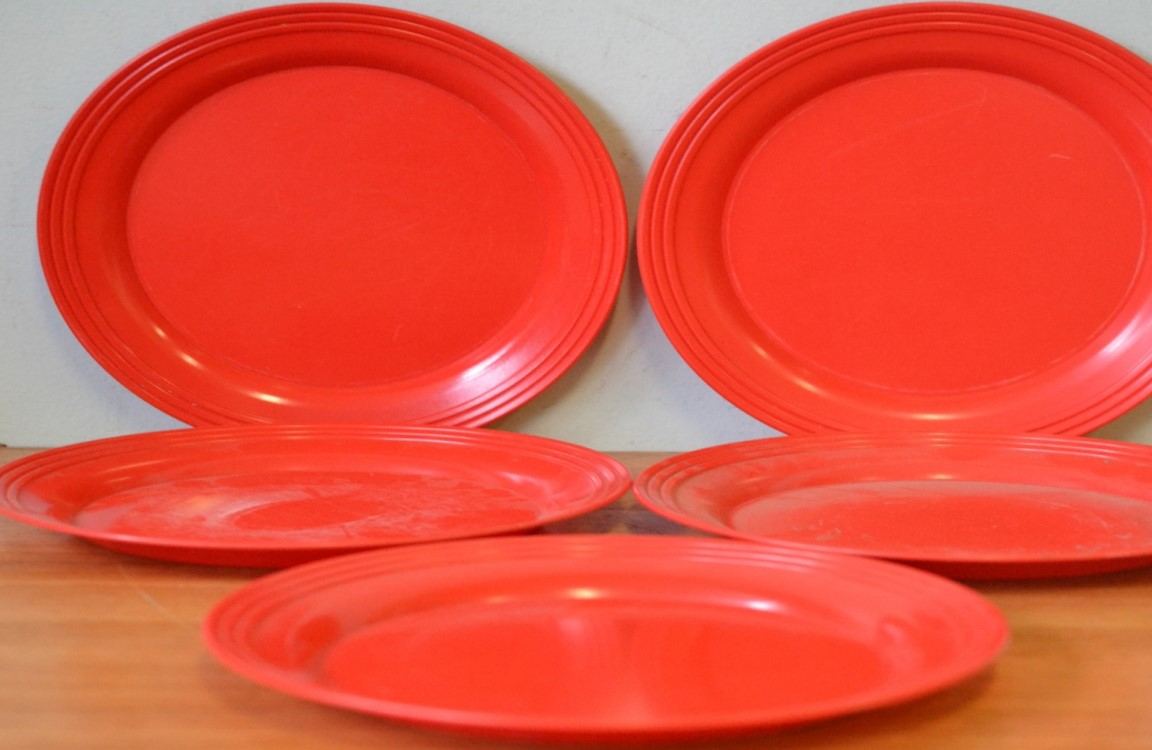
To be honest, knowing about and keeping track of the plethora of polymers we’ve mentioned is a difficult task that not everyone has access to.
To overcome this difficulty and detect recyclable plastics, there is a less sophisticated strategy that requires paying attention to the codes that are embedded inside these objects.
Plastics with a recycling value of 1 or 2 are considered recyclable and safe for human use as containers.
The bulk of plastic food storage containers we use every day is made from recycled single-use containers, soft drink bottles, and other recyclable plastic items. Then, these containers are conveyed to us via a variety of means.
Given these obstacles, the riskiness of utilizing these containers healthily and safely, in addition to the difficulty of using these containers, has been cited as one of the major issues over their usage.
To reply to this question, it is important to mention that these containers are made of safe plastics, and if they have codes 1 or 2, they are completely hygienic and will not in any way pose a threat to a person’s health.
The only care you must take with these containers is to keep them away from sources of high heat and to refrain from placing hot food inside.
The mass manufacture of plastic plate services has caught the attention of clients in particular because these items are supplied directly, without the need for middlemen.
Customers may purchase these exquisite goods. And it is highly cost-effective to acquire at the manufacturing price by referring to the specified Internet site for quality and a variety of colors.


